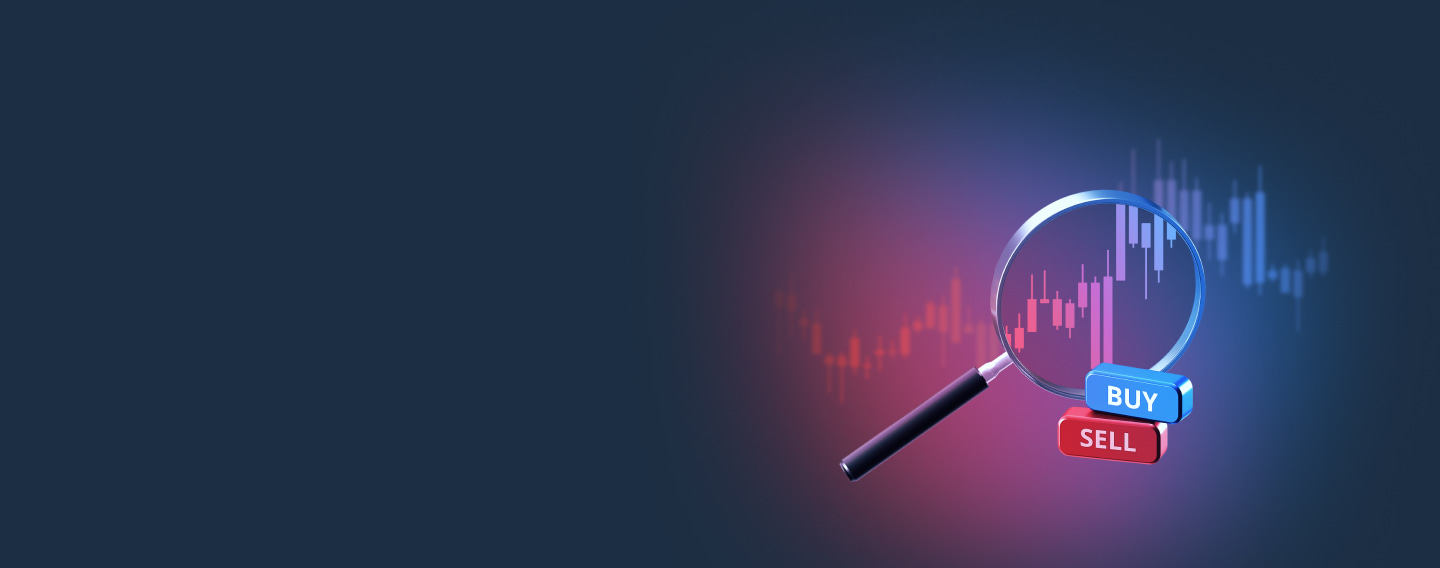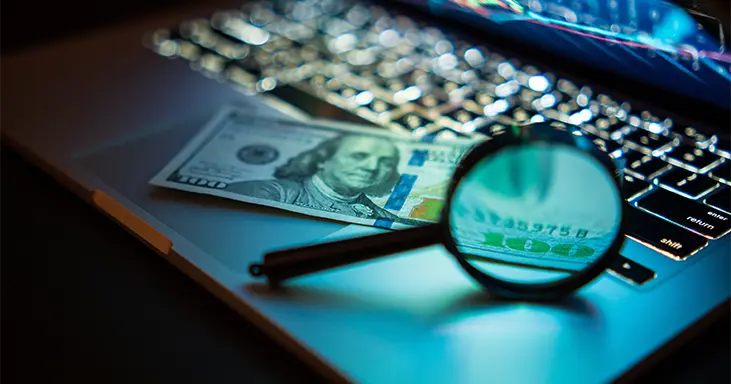


Leverage Explained: Maximizing your knowledge in Forex
Forex Fundamentals
Introduction to Leverage
Imagine investing in Forex trading with a magic wand called \"leverage,\" which exponentially magnifies your buying power. This powerful tool isn't just a financial concept; it's a gateway to maximizing potential gains from the currency market movements.
Leverage in Forex allows traders to participate significantly beyond their actual investment, like controlling a large ship with a small rudder. However, with great power comes great responsibility. Understanding and strategically managing leverage is crucial, as it can amplify gains and losses.
With this dynamic tool, traders unlock the potential to craft compelling trading stories from modest beginnings to substantial financial peaks.
Exploring the Benefits of Leverage
Leverage in Forex trading is a double-edged sword, magnifying opportunities and risks. Imagine controlling a $100,000 position with just $1,000; this is the power of financial leverage at a 100:1 ratio.
Such leverage boosts your buying power, allowing you to make significant trades with a relatively small capital. It's like being able to purchase a luxurious car for a fraction of its price, holding the keys to potential wealth, provided you drive with caution.
This increased market exposure can lead to amplified profits from minor price changes in currency pairs. For example, a slight uptick in EUR/USD could translate into substantial gains if leveraged wisely. However, navigating this terrain with a well-thought-out risk management strategy is crucial, including setting stop-loss orders to safeguard investments.
In essence, leveraging Forex can open doors to expansive trading opportunities previously out of reach for the average investor, turning modest sums into vast potentials. This tool democratizes the trading field, allowing novices and experts to aim for substantial outcomes with controlled investments.
Understanding Leverage in Forex
Leverage in Forex trading is akin to a powerful telescope; it brings distant financial galaxies within your reach. When you use leverage, you essentially borrow money to increase your trading position beyond what would be available from your cash balance alone.
For instance, with a leverage ratio of 100:1, you could control $100,000 in the market with just $1,000 of your capital. This tool is not just a mechanism for amplification—it's a strategic asset that, when used wisely, can magnify your effective market exposure and potential returns from relatively modest movements in the forex market.
Consider a trader who uses leverage to buy euros against the dollar; a small appreciation in the euro can translate into significant profits. Conversely, a minor decline could lead to substantial losses, highlighting the need for meticulous risk management.
Leverage is particularly attractive in Forex due to the market's low volatility compared to other financial markets. Increasing your leverage increases your ability to capitalize on small price movements, often seen in currency exchanges. Thus, leveraging becomes a critical tool in the arsenal of forex traders aiming to maximize their market impact with limited capital.
Risks Associated with High Leverage
While leverage can be a potent tool in Forex trading, wielding it without a strategic approach can lead to dangerous pitfalls. High leverage amplifies the potential for profit and the risk of substantial losses, making it a double-edged sword.
Consider it akin to driving a high-performance sports car; the thrill of speed is exhilarating, but the crash risk is significant without the right skills and caution. High leverage allows traders to control large positions with relatively small amounts of capital. However, this can also mean that even small market movements can disproportionately affect your trading balance.
For example, a 100:1 leverage ratio might seem enticing because it magnifies the potential returns on investment. Still, it similarly increases the potential for high losses if the market moves against you. Effective risk management is crucial when using high leverage.
Traders must employ robust strategies, such as setting stop-loss orders to limit potential losses, closely monitoring market conditions, and adjusting leverage based on risk tolerance and market volatility.
Without these precautions, traders might face rapid and severe account depletion, turning a promising opportunity into a financial nightmare. Embracing leverage requires a balance of ambition and prudent risk assessment to navigate the volatile waters of the forex market.
How to Calculate Leverage in Forex
Calculating leverage in Forex is a straightforward but crucial task for traders. Leverage is the ratio of the trader's funds to the size of the broker's credit. For example, if you have $1,000 in your trading account and use 100:1 leverage, you can control a $100,000 position.
It's like using a small lever to lift a heavy object—the small effort controls a larger financial instrument. To compute your leverage, divide the total value of your open positions by the amount of margin in your account.
This calculation gives you insight into how much of your own money is being amplified in trades, allowing for more significant exposure to the forex markets.
Understanding this ratio is key to managing potential risks and optimizing your trading strategy effectively. You balance maximizing potential returns and controlling risk exposure by keeping a pulse on your leverage level.
Best Practices for Employing Leverage in Forex Trading
Effectively using leverage in Forex trading is akin to mastering a high-speed, precision sport. It requires skill, timing, and a deep understanding of the playing field. The first rule is to start small. As a beginner, it's wise to use lower leverage, allowing you to get a feel for the market's fluctuations without exposing yourself to excessive risk.
Always couple leverage with strict risk management protocols. This includes setting stop-loss orders, which automatically close out positions at a predetermined price point to prevent significant losses. It's like having a safety net while walking a tightrope—essential for protecting your capital. Furthermore, continuously monitor market conditions.
Forex markets can change rapidly, influenced by economic indicators, news events, and market sentiment. Keeping an eye on these can help you adjust your leverage and positions, preventing unexpected market shifts from eroding your investments.
Lastly, educate yourself continually. The best traders never stop learning. Understanding the nuances of market forces, leverage impacts, and trading strategies can profoundly enhance your trading performance.
This ongoing education helps you navigate the complex forex landscape more effectively, ensuring you leverage your capital and knowledge.
By following these best practices, traders can maximize their use of leverage while safeguarding their investments against unforeseen downturns. This balanced approach is crucial for long-term success in the volatile world of forex trading.
FAQs on Leverage in Forex
What is leverage in Forex trading?
Leverage is like using a financial magnifying glass; it enlarges your trading capacity beyond the initial investment, allowing you to handle a much larger position with a relatively small amount of money.
How does leverage affect my Forex trading?
By increasing your leverage, you amplify both potential profits and losses from market fluctuations, making it a powerful, yet risky tool.
What are the risks of using high leverage?
High leverage can lead to large losses as quickly as it can yield large gains, especially if the market moves against your position.
How can I manage risk when using leverage in Forex?
Implement risk management strategies such as setting stop-loss orders, regularly monitoring your positions, and adjusting leverage according to market volatility.



